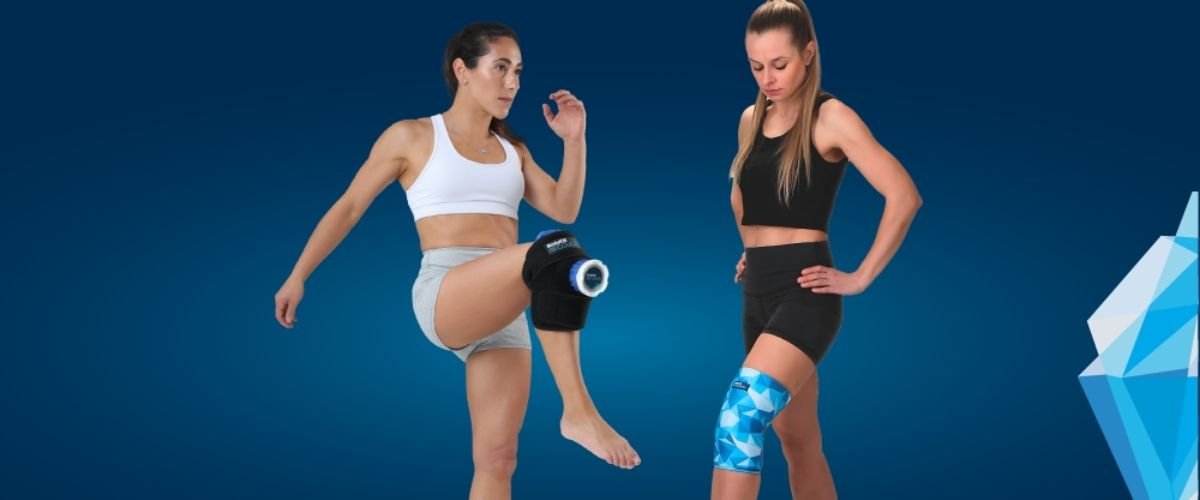Diastasis = separation
Recti = refers to your rectus abdominis muscles (abs)
Diastasis recti is the partial or complete separation of the rectus abdominis, or “six-pack” muscles, which meet at the midline of your stomach. Diastasis recti is sometimes referred to as a "pooch" as the belly appears soft and sticks out from the torso as there is a gap in the muscles that usually hold it in tight.

It is very common during and following pregnancy because your abdominal muscles and connective tissues are stretched out from your expanding uterus. They’re helped along by the pregnancy hormones relaxin and estrogen.
Studies show that up to 60% of women experience diastasis recti during or after pregnancy. It is more common in women who have had more than one baby and for mums who are 35 or older, or if you're having twins or triplets.
Some women who has diastasis recti may also experience lower back pain, constipation and urine leaking or even find it harder to breathe and to move normally.
TREATMENT
Although abdominal separation usually goes away after the birth of the baby, up to 1 in 3 women still report problems with abdominal separation 12 months after giving birth.
Most women will experience some abdominal separation during pregnancy that can weaken your core and lead to back or pelvic pain. You may need to wear some kind of support or during the day and be mindful of the following:
- Avoid any heavy lifting or further straining of your abdominal muscles until after you deliver.
- Practice good posture.
- Support your lower back when sitting with a towel or pillow placed behind you.
- Bend your knees, roll, and support yourself with your arm when getting in or out of bed, or standing up off the floor.
For some women, diastasis recti may correct itself after delivery as the ab muscles regain strength. If you’re still experiencing symptoms or separation eight weeks postpartum, find a physiotherapist who specialises in postpartum recovery for some pelvic floor and deep stomach muscle exercises.
Always check with your doctor and get their approval before you start exercising after delivery.

THINGS TO AVOID
- Avoid traditional crunches, sit ups, and planks postpartum until your abdomen is healed from diastasis recti
- Any other strenuous exercises where your ab muscles are bulging out
- Holding your baby on one hip
- Lifting or carrying heavy loads
- Coughing without supporting your ab muscles
If pain from diastasis recti is interfering with your ability to perform day-to-day activities, surgery may be an option. Some women also elect for surgery for cosmetic reasons. If you are concerned about diastasis recti, talk to your doctor about a treatment plan that will work best for you.
For more pregnancy and post natal support and information check out our other BodyICE Woman blog posts.
Our BodyICE Woman range of pre and post natal ice and heat packs can support you through your birth and breastfeeding journey.
SHOP our Perineal Ice and Heat Pack
SHOP our Breast Ice and Heat Packs






Leave a comment
All comments are moderated before being published.
This site is protected by hCaptcha and the hCaptcha Privacy Policy and Terms of Service apply.